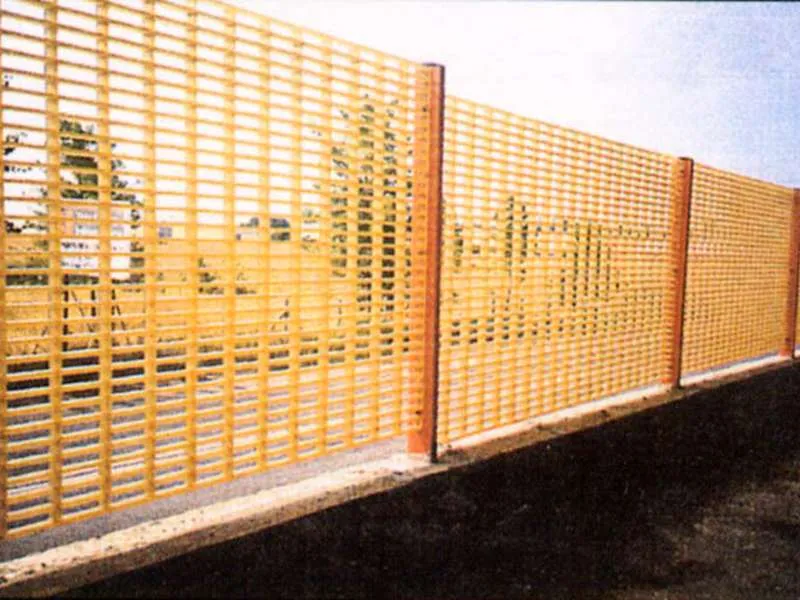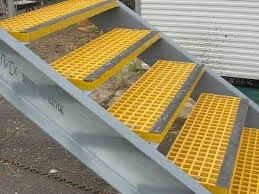
-
 Afrikaans
Afrikaans -
 Albanian
Albanian -
 Amharic
Amharic -
 Arabic
Arabic -
 Armenian
Armenian -
 Azerbaijani
Azerbaijani -
 Basque
Basque -
 Belarusian
Belarusian -
 Bengali
Bengali -
 Bosnian
Bosnian -
 Bulgarian
Bulgarian -
 Catalan
Catalan -
 Cebuano
Cebuano -
 China
China -
 China (Taiwan)
China (Taiwan) -
 Corsican
Corsican -
 Croatian
Croatian -
 Czech
Czech -
 Danish
Danish -
 Dutch
Dutch -
 English
English -
 Esperanto
Esperanto -
 Estonian
Estonian -
 Finnish
Finnish -
 French
French -
 Frisian
Frisian -
 Galician
Galician -
 Georgian
Georgian -
 German
German -
 Greek
Greek -
 Gujarati
Gujarati -
 Haitian Creole
Haitian Creole -
 hausa
hausa -
 hawaiian
hawaiian -
 Hebrew
Hebrew -
 Hindi
Hindi -
 Miao
Miao -
 Hungarian
Hungarian -
 Icelandic
Icelandic -
 igbo
igbo -
 Indonesian
Indonesian -
 irish
irish -
 Italian
Italian -
 Japanese
Japanese -
 Javanese
Javanese -
 Kannada
Kannada -
 kazakh
kazakh -
 Khmer
Khmer -
 Rwandese
Rwandese -
 Korean
Korean -
 Kurdish
Kurdish -
 Kyrgyz
Kyrgyz -
 Lao
Lao -
 Latin
Latin -
 Latvian
Latvian -
 Lithuanian
Lithuanian -
 Luxembourgish
Luxembourgish -
 Macedonian
Macedonian -
 Malgashi
Malgashi -
 Malay
Malay -
 Malayalam
Malayalam -
 Maltese
Maltese -
 Maori
Maori -
 Marathi
Marathi -
 Mongolian
Mongolian -
 Myanmar
Myanmar -
 Nepali
Nepali -
 Norwegian
Norwegian -
 Norwegian
Norwegian -
 Occitan
Occitan -
 Pashto
Pashto -
 Persian
Persian -
 Polish
Polish -
 Portuguese
Portuguese -
 Punjabi
Punjabi -
 Romanian
Romanian -
 Russian
Russian -
 Samoan
Samoan -
 Scottish Gaelic
Scottish Gaelic -
 Serbian
Serbian -
 Sesotho
Sesotho -
 Shona
Shona -
 Sindhi
Sindhi -
 Sinhala
Sinhala -
 Slovak
Slovak -
 Slovenian
Slovenian -
 Somali
Somali -
 Spanish
Spanish -
 Sundanese
Sundanese -
 Swahili
Swahili -
 Swedish
Swedish -
 Tagalog
Tagalog -
 Tajik
Tajik -
 Tamil
Tamil -
 Tatar
Tatar -
 Telugu
Telugu -
 Thai
Thai -
 Turkish
Turkish -
 Turkmen
Turkmen -
 Ukrainian
Ukrainian -
 Urdu
Urdu -
 Uighur
Uighur -
 Uzbek
Uzbek -
 Vietnamese
Vietnamese -
 Welsh
Welsh -
 Bantu
Bantu -
 Yiddish
Yiddish -
 Yoruba
Yoruba -
 Zulu
Zulu
frp damper
The world of construction and infrastructure is continually evolving, driven by the need for more efficient, sustainable, and durable materials. In this context, Fiber Reinforced Polymer (FRP) dampers have emerged as a cutting-edge solution that addresses numerous challenges faced by engineers and architects. FRP dampers are revolutionizing the way we approach vibration control and stability in structures, making them an invaluable asset in the field.

FRP dampers are specifically designed to absorb and dissipate energy, thereby reducing structural vibrations caused by environmental factors such as wind, seismic activity, or even heavy traffic. These components are particularly favored due to their superior strength-to-weight ratio, corrosion resistance, and flexibility, features that traditional metallic dampers often lack. One of the defining advantages of FRP dampers is their lightweight nature. In an industry where reducing the load on structural components can lead to significant cost savings and prolonged lifespan of the structure itself, FRP dampers offer a notable benefit. They are significantly lighter than their steel or aluminum counterparts while maintaining, if not exceeding, the required strength and durability. This characteristic is particularly advantageous in high-rise buildings and bridges where any reduction in weight can translate into reduced foundational stress and, consequently, lower maintenance costs over time.

Moreover, the corrosion resistance of FRP dampers makes them ideal for use in harsh environmental conditions. This quality ensures that they retain their structural integrity and performance over time, even when exposed to corrosive elements such as saltwater in coastal areas. This makes them particularly appealing for applications in marine and offshore structures where traditional dampers might quickly degrade.
At the heart of the success of FRP dampers is the blend of technical expertise and the innovative approach taken in their manufacturing. The development of these components comes from a deep understanding of composite materials coupled with advancements in manufacturing techniques such as pultrusion and filament winding, which ensure consistency in the properties of the finished product. This expertise positions FRP dampers as a product of choice for engineers looking to harness the latest technology in their projects.frp damper
For those in the field of architecture and engineering, trust is a crucial factor in the adoption of any new technology. FRP dampers gain this trust through extensive testing and a proven track record in high-profile projects worldwide. From high-traffic bridges to skyscrapers in earthquake-prone zones, the effectiveness of FRP dampers is well-documented, becoming a trusted solution for vibration dampening.
Building codes and standards, which dictate the safety and durability of materials used in construction, have increasingly recognized FRP dampers. Their inclusion in these regulations underscores the reliability and efficacy of FRP dampers, further establishing their authority in structural engineering.
In the context of sustainable construction, FRP dampers present another significant advantage. The production and lifecycle of FRP products generally have a lower environmental impact compared to traditional materials. This aligns with the growing demand for sustainable construction practices, addressing concerns of both environmental impact and longevity.
Those seeking to understand the complete functionality and potential applications of FRP dampers need to look no further than case studies from past projects. These real-world examples showcase how FRP dampers have solved complex engineering challenges, providing a reference point for new projects. Such practical, experience-based insights not only illustrate the current capabilities of FRP dampers but also suggest future innovations and applications.
In summary, FRP dampers represent a pinnacle of contemporary engineering innovation, merging advanced material science with practical design applications. By leveraging their unique properties and proven performance record, these components offer solutions that meet today's complex structural demands, while simultaneously paving the way for future advancements. Whether for a new construction project, infrastructure upgrade, or retrofitting existing structures, FRP dampers stand out as a reliable, efficient, and sustainable choice.
Latest news
-
GRP Clarifiers Corrosion-Resistant & Low-Maintenance SystemsNewsJun.07,2025
-
FRP Duct Corrosion-Resistant & Durable Industrial SolutionsNewsJun.07,2025
-
High-Efficiency PDC Anchor Bits Fast High-Performance DrillingNewsJun.07,2025
-
Durable Corrosion-Resistant GRP Pipes & Fittings for Ship BuildingNewsJun.07,2025
-
Premium GRP Playground Equipment Durable & Safe FunNewsJun.06,2025
-
Premium FRP Storage Tanks - Corrosion Proof Acid ContainmentNewsJun.06,2025









